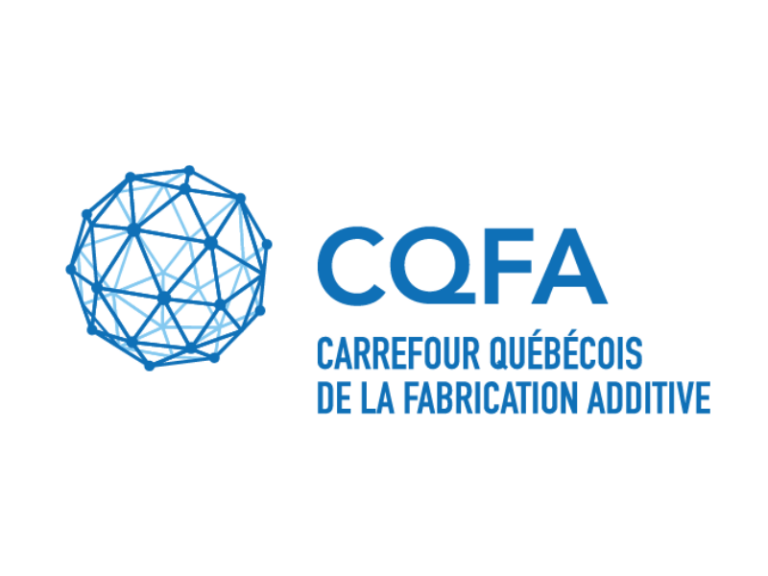
2023/11/14
Compréhension de l’organisation moléculaire du poly(3-hexylthiophène) dans des mélanges électrofilés et imprimés en 3D
Allen, C. (2023). Compréhension de l’organisation moléculaire du poly(3-hexylthiophène) dans des mélanges électrofilés et imprimés en 3D. Masters thesis.
Conjugated polymers are promising semiconducting materials for applications in flexible optoelectronic and energy conversion devices. However, they are difficult to process because of the rigidity of their polymer backbone. Poly(3-hexylthiophene) (P3HT) is often used as a model organic conjugated polymer. Its processing and its properties can be improved by incorporating it into a polymer matrix and by favoring the molecular orientation of its chains. This orientation can be induced in a material during its processing, notably during the preparation of fibers by electrospinning. The project aims to prepare materials optimizing the orientation of P3HT and to develop tools to characterize the molecular organization of P3HT in these materials. More specifically, the first study consists of understanding the effect of the polymer matrix on the behaviour of P3HT in electrospun nanofibers. These nanofibers are prepared by mixing P3HT with an amorphous atactic poly(methyl methacrylate) (PMMA) or highly crystalline poly(ethylene oxide) (PEO) polymer matrix, and the orientation of the P3HT chains is measured by Raman spectroscopy. The results show that the capability of POE to crystallize, unlike PMMA, constrains the chains of P3HT to orient themselves along the fiber axis, which could improve its charge transport properties. Differential scanning calorimetry and optical and scanning electron microscopy make it possible, respectively, to analyze the thermal properties and to image the morphology of the nanomaterials. The second study is to develop an approach to identify the glass transition temperature of P3HT in electrospun nanofibers and 3D prints composed of a P3HT-PEO blend. We then follow the evolution of the aggregation state of P3HT by fluorescence spectroscopy and the shift of the Raman band associated with the C=C elongation mode over a range of temperatures to observe its glass transition temperature at the scale of the individual nanoobject. A proof of concept is first realized by carrying out analyses on thin films based on P3HT, followed by the analysis of the samples of interest. Raman and fluorescence spectroscopy results on P3HT-containing nanomaterials are compared to DSC analyses on macroscopic materials. The project will improve our ability to characterize P3HT nanomaterials and to optimize their properties. More generally, our results will ultimately lead to a better understanding of the structure-processing-property-function relationships of conjugated polymers, contributing to the preparation of new, more efficient organic electronic materials.